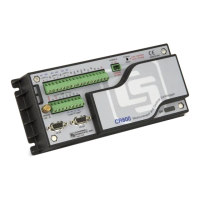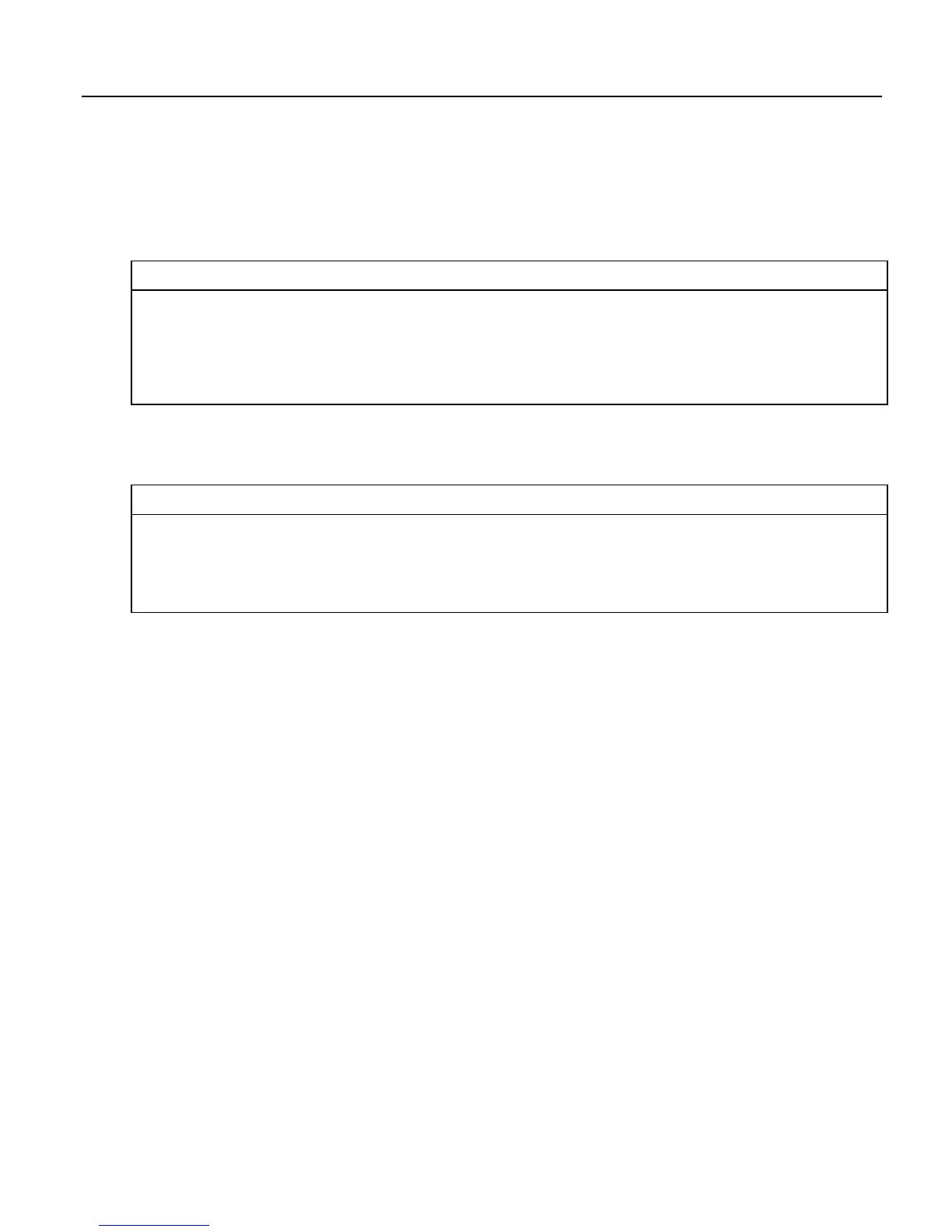Section 7. Installation
136
CR800 clock. Scan() parameters allow modification of the period in 10- ms
increments. As shown in CRBasic example BeginProg / Scan() / NextScan /
EndProg Syntax (p. 136), aside from declarations, the CRBasic program may be
relativ
ely short.
CRBasicExample15. BeginProg/Scan()/NextScan/EndProgSyntax
BeginProg
Scan(1,Sec,3,0)
PanelTemp(RefTemp, 250)
TCDiff(TC(),6,mV2_5C,1,...)
CallTable Temp
NextScan
EndProg
Scan() determines how frequently instructions in the program are executed, as
shown in CRBasic example Scan Syntax
(p. 136):
CRBasicExample16. ScanSyntax
'Scan(Interval, Units, BufferSize, Count)
Scan(1,Sec,3,0)
·
·
·
ExitScan
Scan() has four parameters:
• Interval — the interval between scans.
• Units — the time unit for the interval. Interval is 10 ms <= Interval <= 1 day.
• BufferSize — the size (number of scans) of a buffer in RAM that holds the
raw results of measurements. When running in Pipeline mode, using a buffer
allows the processing in the scan to lag behind measurements at times
without affecting measurement timing. Use of the CRBasic Editor default
size is normal. Refer to section SkippedScan
(p. 405) for troubleshooting tips.
• Count — number of scans to make before proceeding to the instruction
following NextScan. A count of 0 means to continue looping forever (or until
ExitScan). In the example in CRBasic example Scan Syntax
(p. 136), the scan is
1 second, three scans are buffered, and measurements and data storage
continue indefinitely.
7.7.3.7.2 SlowSequence / EndSequence
Slow sequences include automatic and user entered sequences. Background
calibration is an automatic slow sequence.
User-entered slow sequences are declared with the SlowSequence instruction and
run outside the main-program scan. They typically run at a slower rate than the
main scan. Up to four slow-sequences scans can be defined in a program.
Instructions in a slow-sequence scan are executed when the main scan is not
active. When running in pipeline mode, slow-sequence measurements are spliced
in after measurements in the main program, as time allows. Because of this

